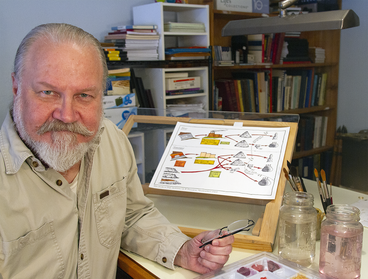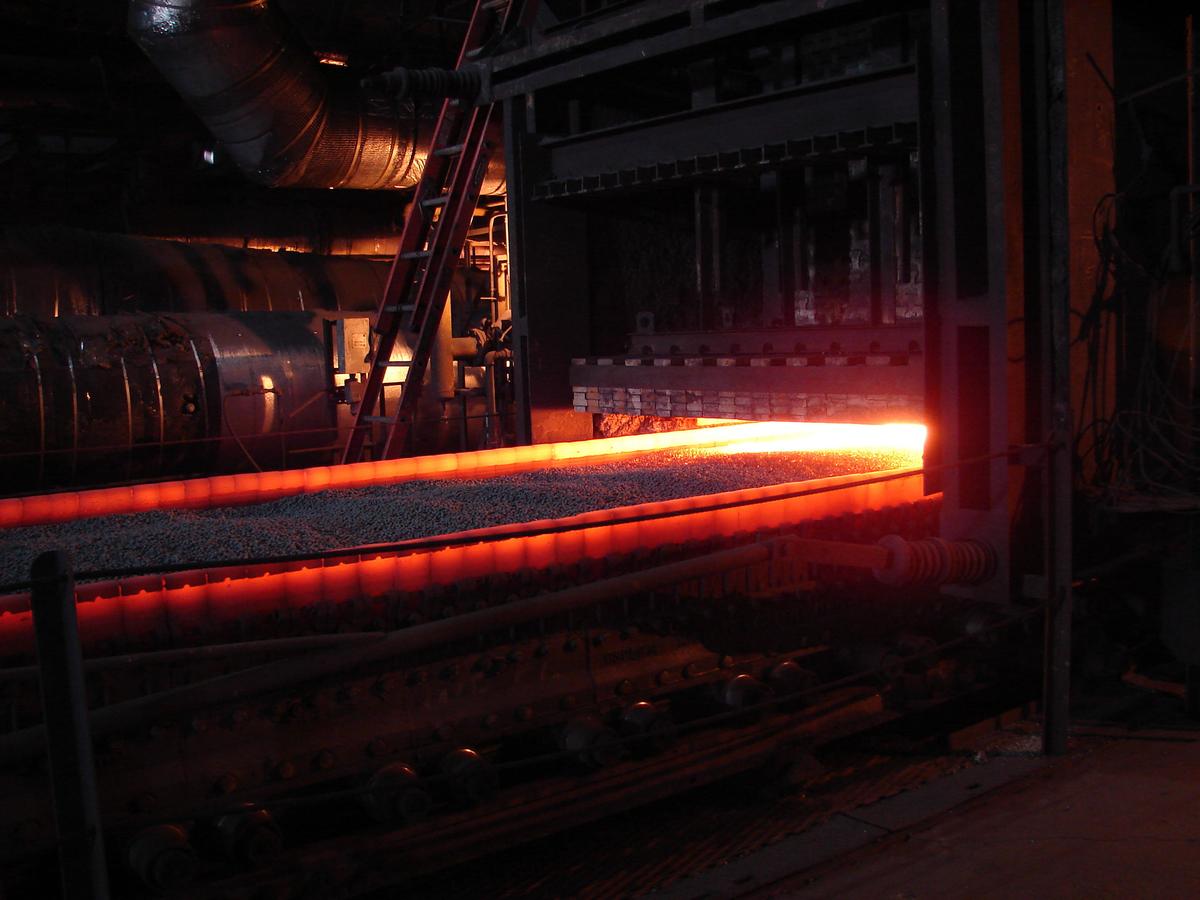Given the solid and sedentary nature of rocks, it may surprise some that Minnesota’s Iron Range ore bodies are changing.
And it means that mining practices and iron products will also need to change.
“After some 140 years of mining, the iron ore is getting deeper and more expensive to mine,” said Rodney Johnson, NRRI’s endowed taconite chair. “At the same time, energy costs are going up, markets are changing and concerns about environmental water and land impacts are changing.”
NRRI is addressing these concerns by launching a new program called Iron of the Future. Efforts will focus on developing and introducing a portfolio of practices, processes and iron products that require less energy and water while also reducing effluents. It aims to provide research and development into areas that iron ore mining companies don’t have the resources to fully investigate.
“Mining companies focus on the ore bodies and surviving day-to-day,” said Johnson. “We’re analyzing the formation from top to bottom to better understand its untapped potential while reducing environmental impact.”
Waste not

An important area of research is generating value from – and finding markets for – the waste material. For every ton of iron ore mined, about two tons of waste are mined and placed in waste piles. Three to four tons of iron ore are needed to produce one ton of taconite blast furnace pellets. The remaining two to three tons are set aside as mining byproduct in tailings basins. But there’s iron in those piles. The challenge is developing viable technology and techniques to get at it.
The central and east end of Minnesota’s Biwabik Iron Formation is currently being mined for magnetite, but toward the west end there’s a large resource of mixed magnetite, goethite and hematite. NRRI’s Iron of the Future program will develop new processing technologies for the mixed iron resources that may extend the life of current taconite operations and provide iron for a portfolio of higher value, iron-based products.
Beyond the blast furnace
NRRI is also focused on developing iron pellets for electric arc mini mills, currently 70 percent of the steelmaking market. Producing these higher-value direct reduced grade (DRG) and/or direct reduced iron (DRI) pellets on the Iron Range would be an economic boost for Minnesota.
“At three-times the value of taconite pellets, we could make less product, extend the life of the mines and reduce the environmental impact,” Johnson said.
More than pellets
Iron is now finding applications in high-value batteries for long-duration energy storage. As renewable energy sources – intermittent wind and solar – expand and need large storage capacity, batteries are rising in value. Iron-based batteries are relatively cheap and can be produced with Minnesota resources and reduce U.S. reliance on foreign critical metals. NRRI is actively assisting a high-tech company with material and technical knowledge to build a renewable energy battery by 2023.
“We’re working with current Iron Range operations to help them be more efficient,” said Johnson. “But the long-term objective of our Iron of the Future program is to develop a portfolio of high value iron-based products that can reduce the current boom-bust cycles on the Iron Range. We’re working to prepare Minnesota for that future.”
